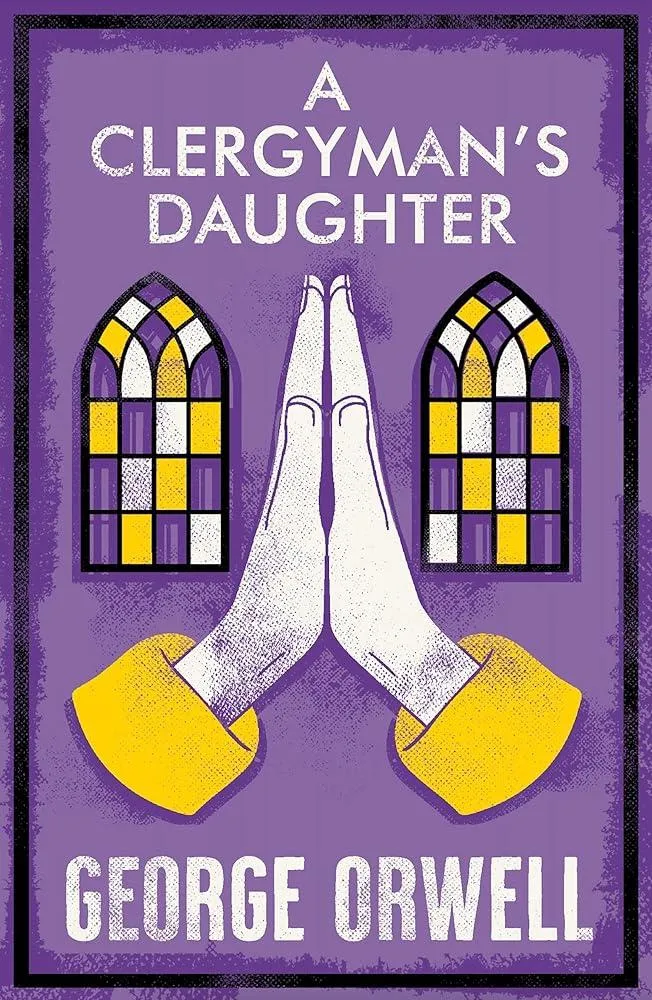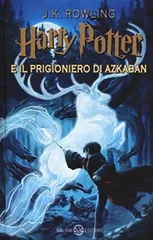A Clergyman's Daughter
Annotated Edition
(Autor) George OrwellTwenty-eight-year-old Dorothy Hare leads a life of drudgery and self-abnegation in the house of her father, the rector of Knype Hill, helping him stave off his creditors and making costumes for fund-raising events. When, after being invited to dinner by Mr Warburton, a local atheist and libertine, she is glimpsed in his arms by the village gossip, Mrs Semprill, Dorothy suffers a breakdown and, struck by amnesia, embarks on journey that will see her join a group of vagrants, pick hops in the fields of Kent, stay in a hotel for "working girls" and sleep rough on the streets of London. Perhaps the most experimental among his writings, A Clergyman's Daughter, first published in 1935, is Orwell's second work of fiction - and one that, in its depiction of a protagonist who rebels against and is ultimately vanquished by the society that oppresses her, is a clear prefiguration of later novels such as Keep the Aspidistra Flying and Nineteen Eighty-Four.
George Orwell
George Orwell, born Eric Arthur Blair in 1903, was an English novelist, essayist, journalist, and critic. He is best known for his works "Animal Farm" and "Nineteen Eighty-Four," which are both powerful critiques of totalitarianism and authoritarianism. Orwell's writing style is characterized by clarity, precision, and a sharp wit, making his works accessible and thought-provoking for readers.
Orwell's contributions to literature include his exploration of political and social issues, as well as his commitment to truth and honesty in writing. His works have had a lasting impact on the dystopian and political fiction genres, influencing countless authors and thinkers. "Nineteen Eighty-Four" in particular has become a classic of modern literature, with its portrayal of a bleak and oppressive future society resonating with readers around the world. Orwell's legacy as a writer and social critic continues to be celebrated and studied today for its enduring relevance and insight.







